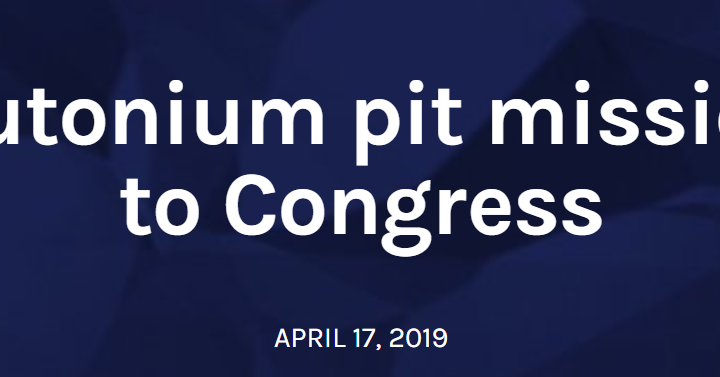BY DAN LEONE | exchangemonitor.com
WASHINGTON — The National Nuclear Security Administration (NNSA) will be late with initial deliveries to the Pentagon of two refurbished nuclear weapons, the head of the semiautonomous nuclear-weapons agency said here Wednesday.
The Air Force was supposed to get its refurbished B61, to be called B61-12, in 2020. The Navy was supposed to get its first W88 Alt 370 in December 2019. Because of defects with electrical capacitors needed for both weapons, those those dates are now “expected” to slip, an NNSA spokesperson said. How far is yet to be determined.
After disclosing the slip in a hearing of the Senate Armed Services strategic forces subcommittee, NNSA Administrator Lisa Gordon-Hagerty told Weapons Complex Morning Briefing that her agency has been evaluating the bad capacitors for “the last couple of months.”
Capacitors store electric charges. The defective items intended for the B61-12 and W88 Alt 370 are commercial units procured by the NNSA’s Kansas City National Security Campus, which acquires and manufactures the non-nuclear parts of nuclear weapons. Gordon-Hagerty said it will take several months to decide what to do about the wonky components.
Continue reading

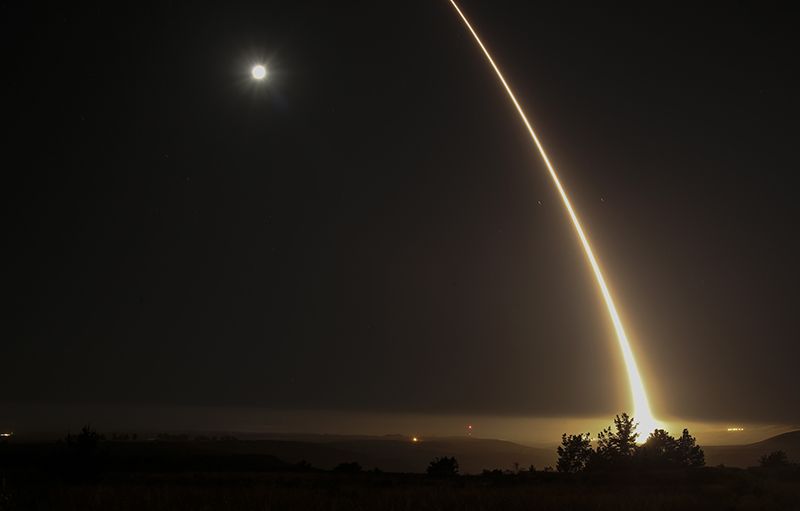
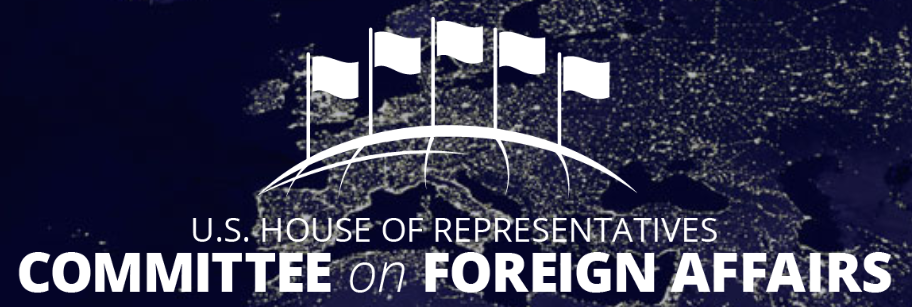



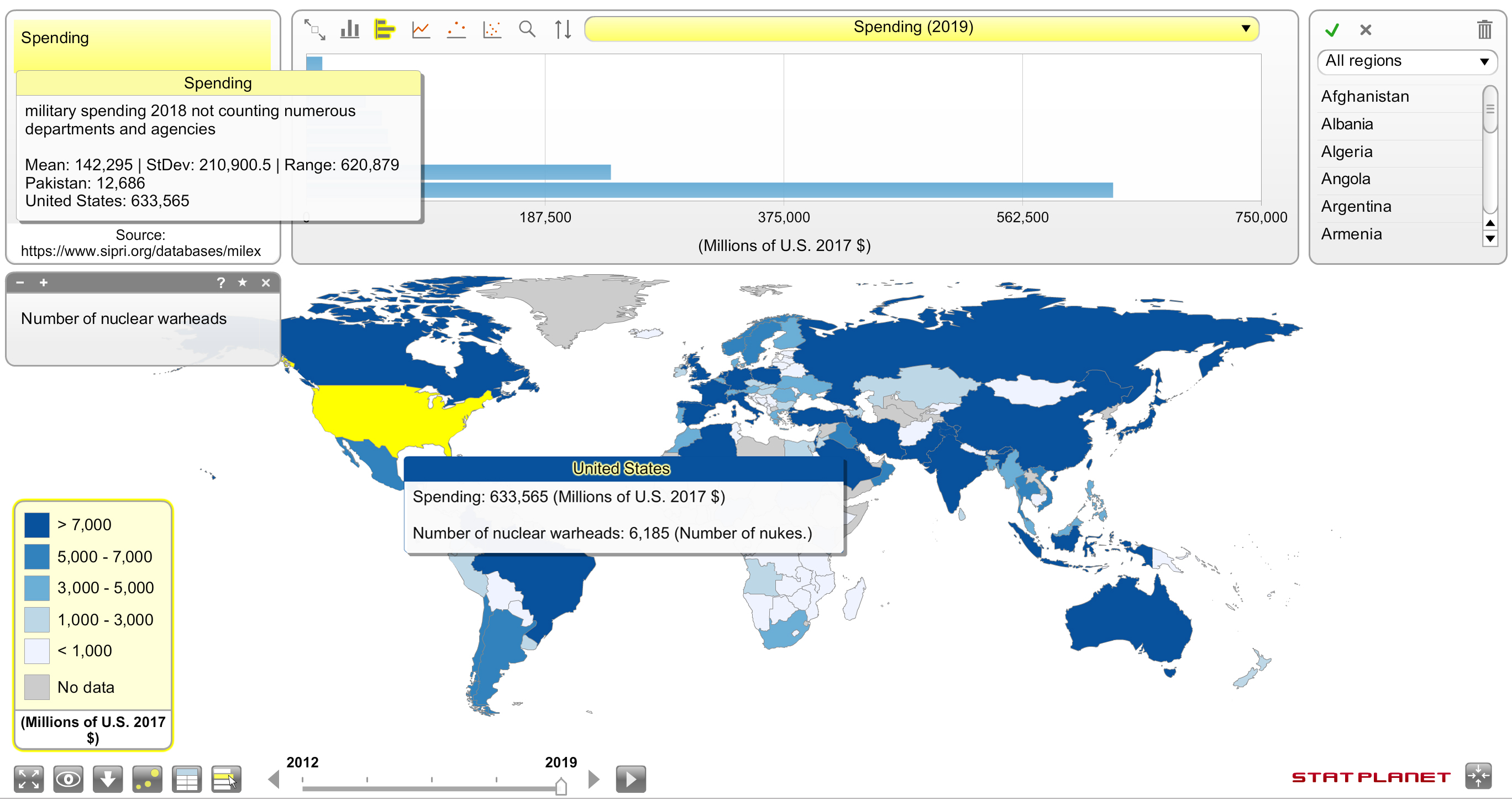
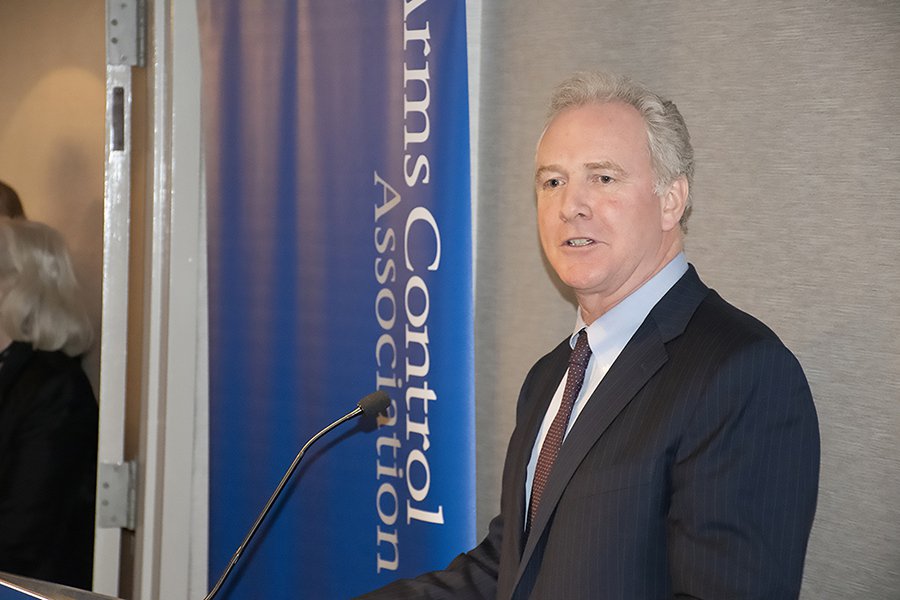

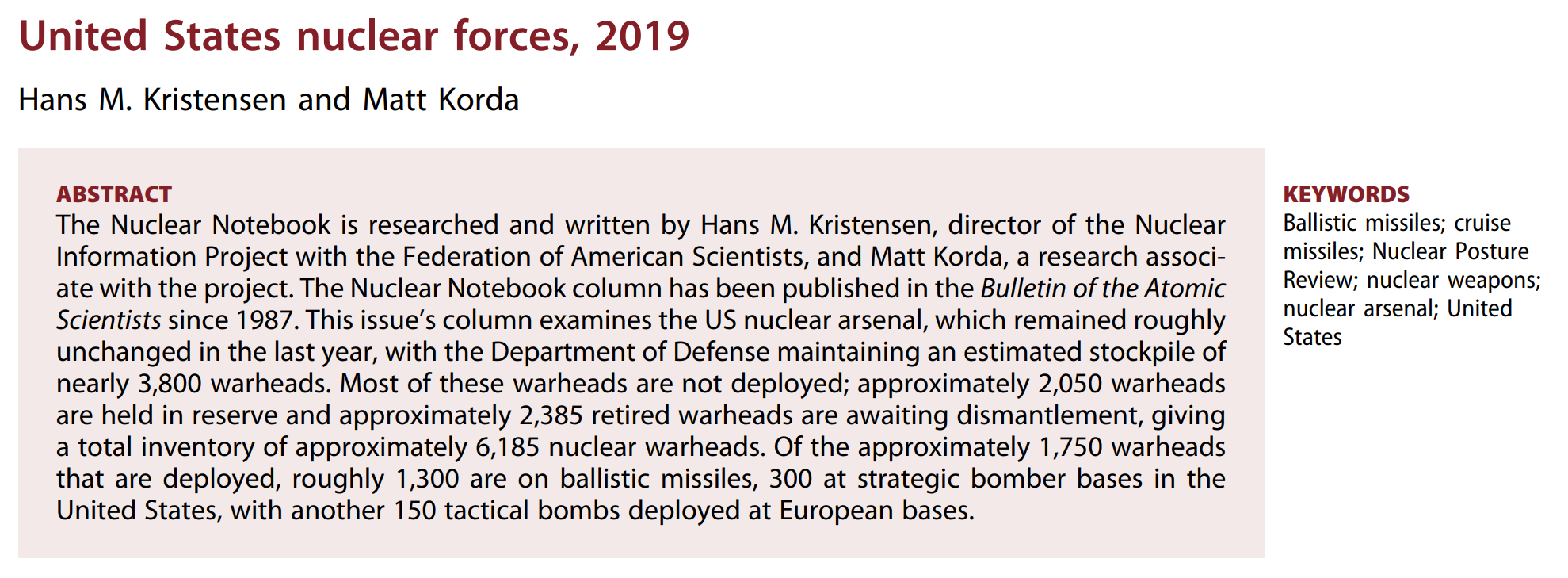
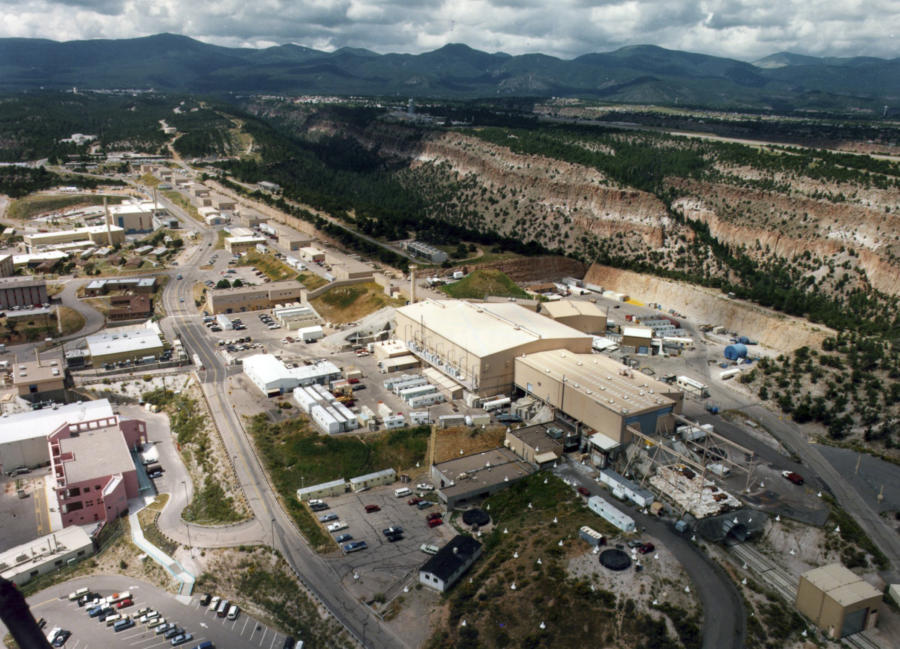
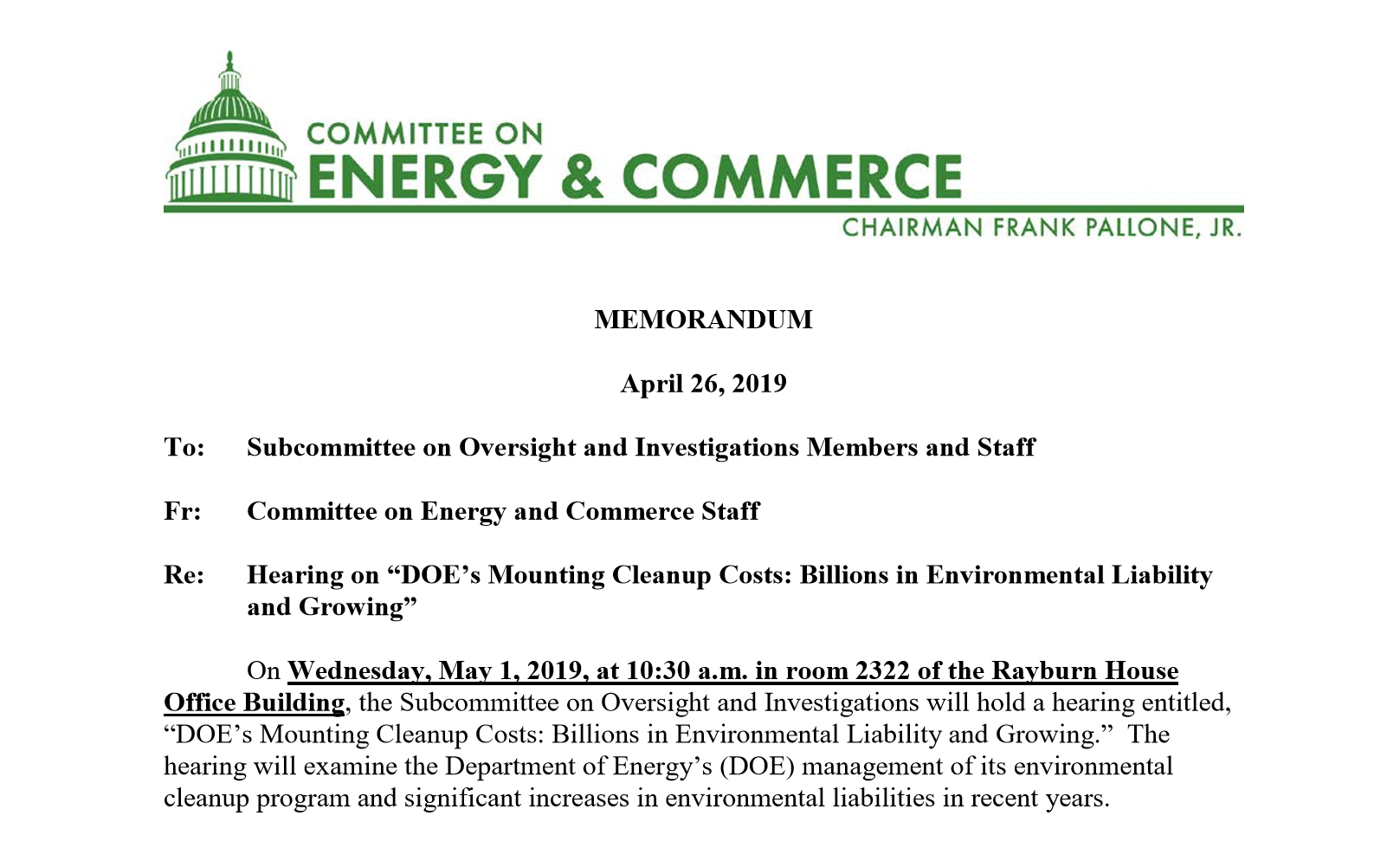


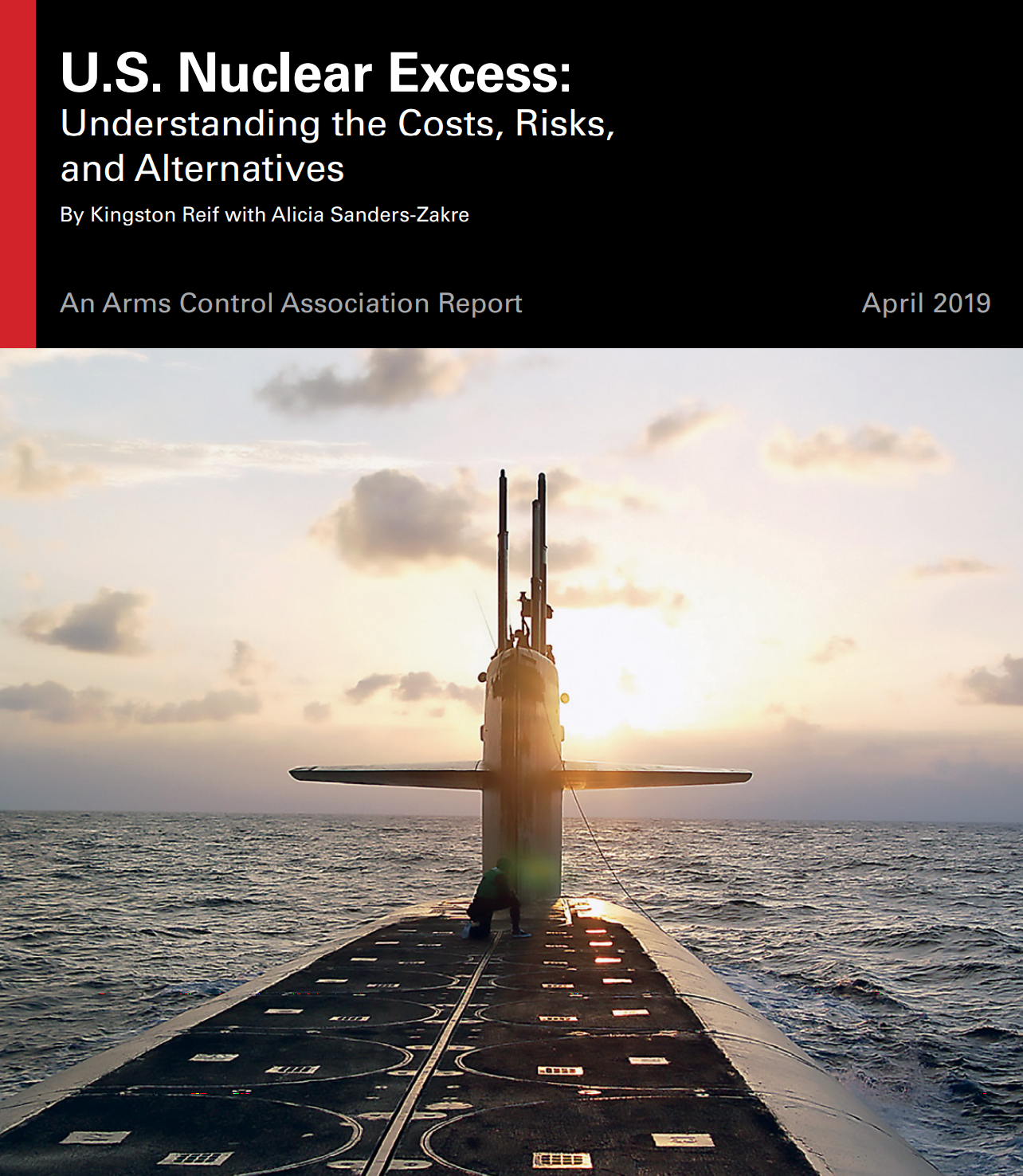
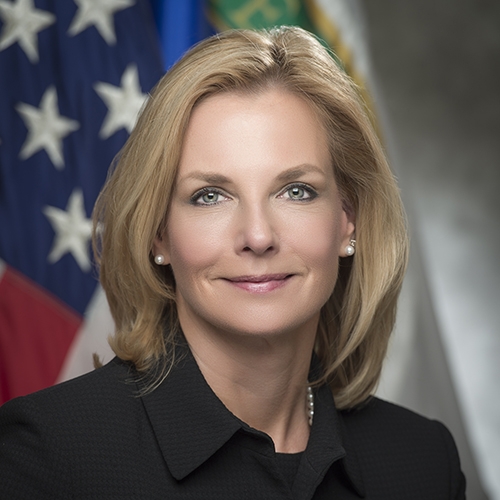
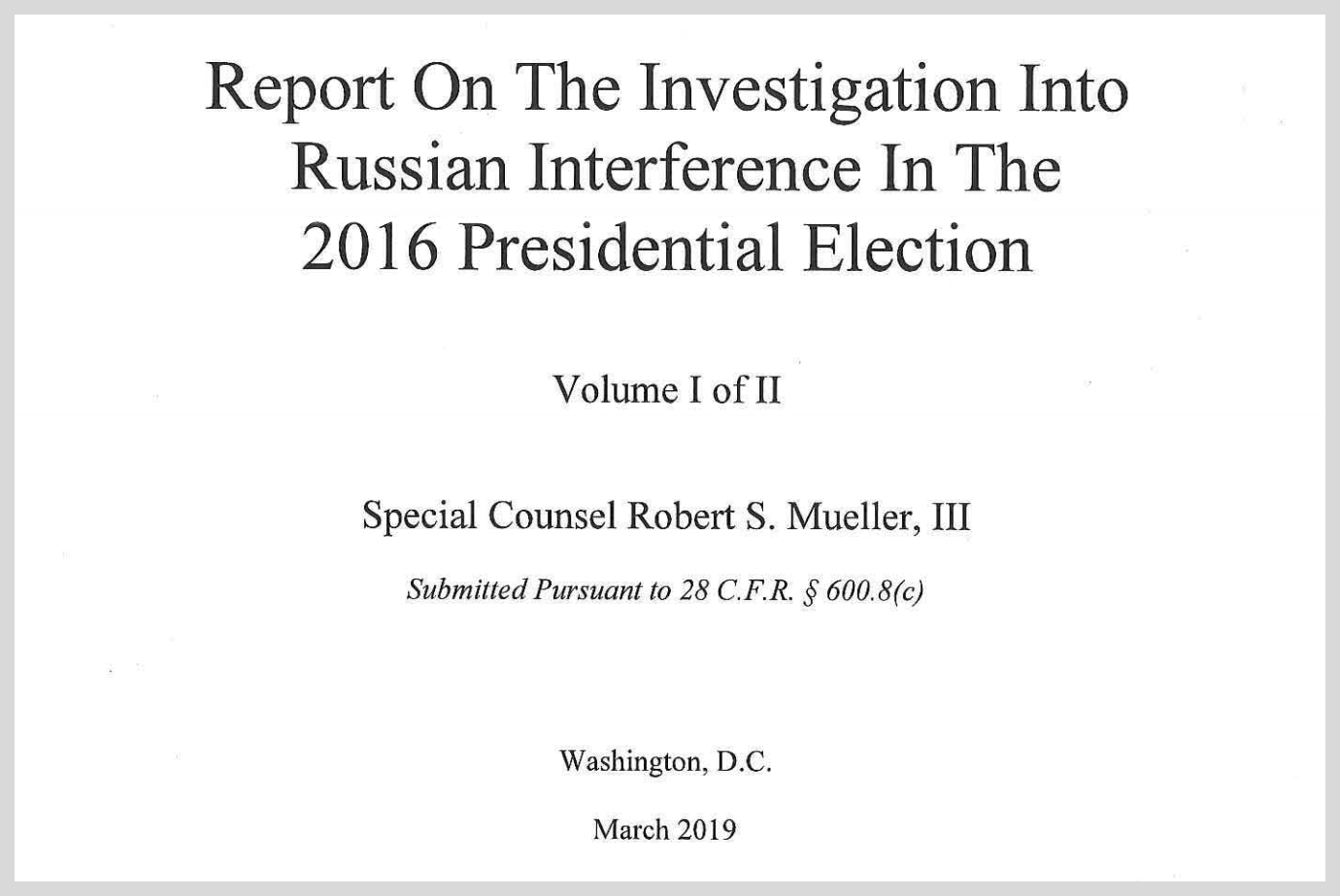
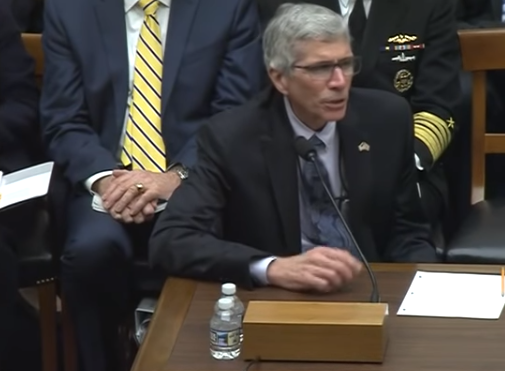 A planned South Carolina facility will be able to produce 50 plutonium nuclear-weapon cores a year by 2030, despite a Department of Energy-funded study that says 2035 is more realistic, according to a top official with DOE’s National Nuclear Security Administration (NNSA).
A planned South Carolina facility will be able to produce 50 plutonium nuclear-weapon cores a year by 2030, despite a Department of Energy-funded study that says 2035 is more realistic, according to a top official with DOE’s National Nuclear Security Administration (NNSA).